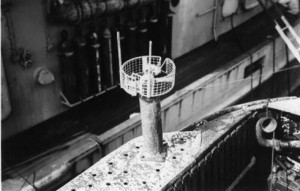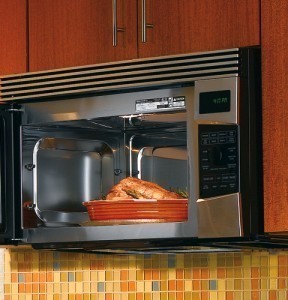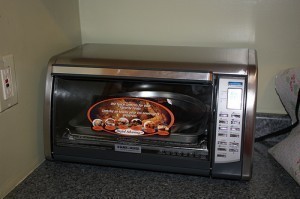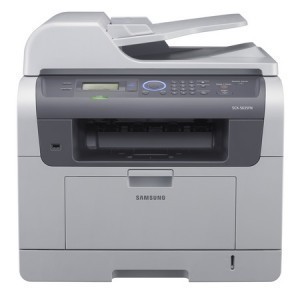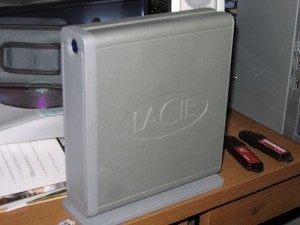The dipole antenna dimensions vary, with lengths ranging from a couple of feet to several feet. But while the lengths vary, it has to be always half its wavelength.
What are Dipole Antennas?
The dipole antenna is a type of radio frequency antenna that can broadcast and receive signals. The dipole antenna is also known as a wire antenna, doublets and dipole aerials.
Application
The dipole antennas are employed in several technologies. It is also used as a part in more intricate antennas. Its most important feature is the omnidirectional signal coverage.
As radio frequency begins flowing, radio or electromagnetic signals are generated. Just like the wire antennas, the dipole antennas are utilized in many areas. Different dipole antenna dimensions are used for wireless routers, AM/FM radios, TVs, cars and many more.
Origin
The device was created by Heinrich Rudolph Hertz in 1886. The word dipole is used because the antennas are made of two rods or a straight rod of the same length (the conductor). This is connected to a radio line into the middle pint. This separation creates the dipoles or the antenna’s two poles.
The dipole antenna is at its most effective if they run on frequencies double the length of the antenna. But thee are some variants that include five or three wavelengths. It all depends on how the device will be utilized.
Dipole antennas can be positioned horizontally, vertically or at angles. The electromagnetic field polarization will hinge on their placement. This can affect the way frequencies are received. The polarization and antenna position alignment will be crucial.
For instance, if you are making adjustments to rabbit style antennas to better TV reception, the antenna position changes affects the reception. Car antenna reception is improved by adjusting the antenna length. This can boost the stereo reception.
Frequency of Dipole Antennas
There are a couple of elements – the RF voltage and RF current. Their power hinges on the antenna position. The RF is most powerful in the middle. The ends are the weakest point. The RF voltage is at its most powerful at the poles. Reflector components can be used to enhance the antenna’s function. The reflector can boost directivity and gain in the antenna.
Aside from the different dipole antenna dimensions, the other specs have to be looked into. This will ensure that there are no problems when setting the device up.
